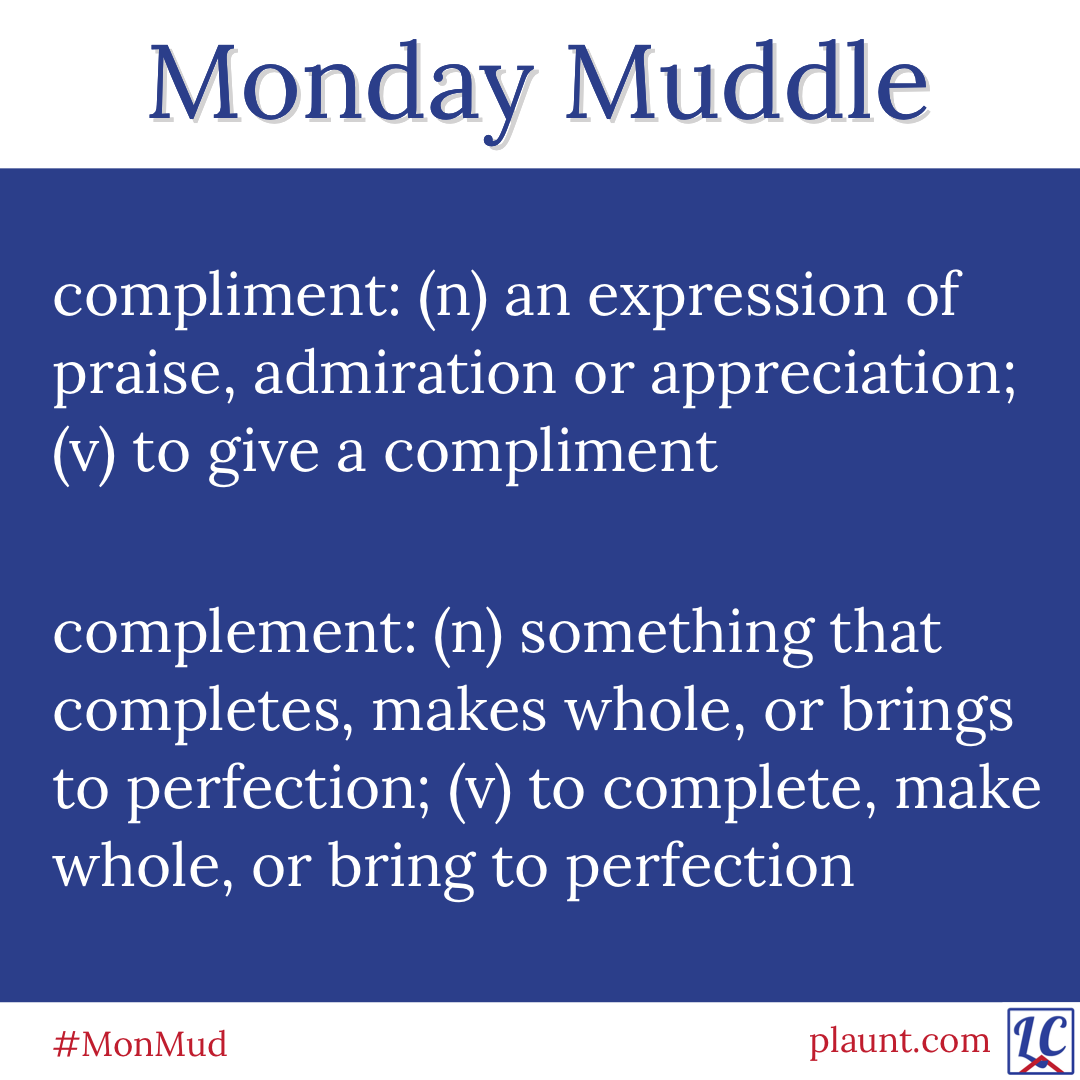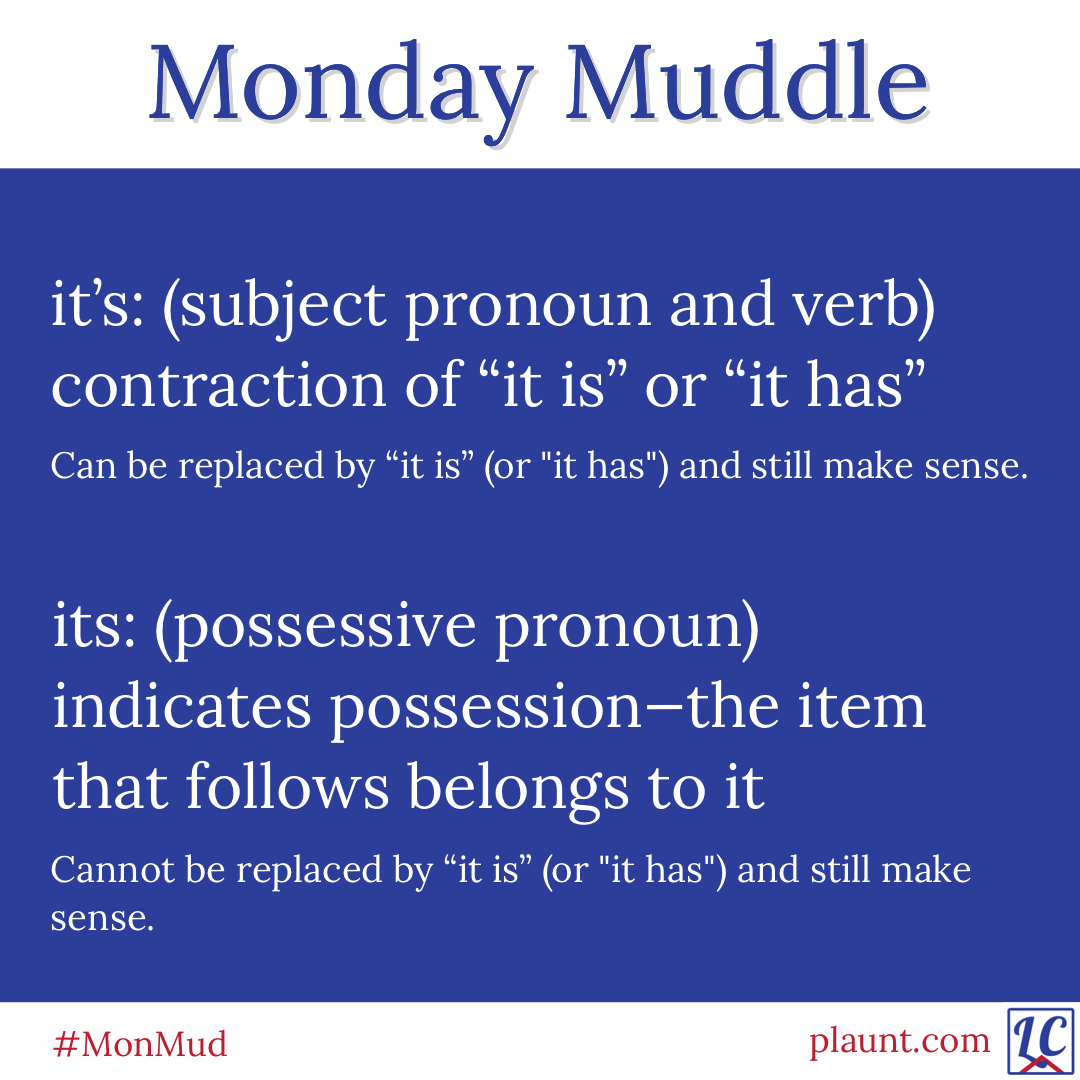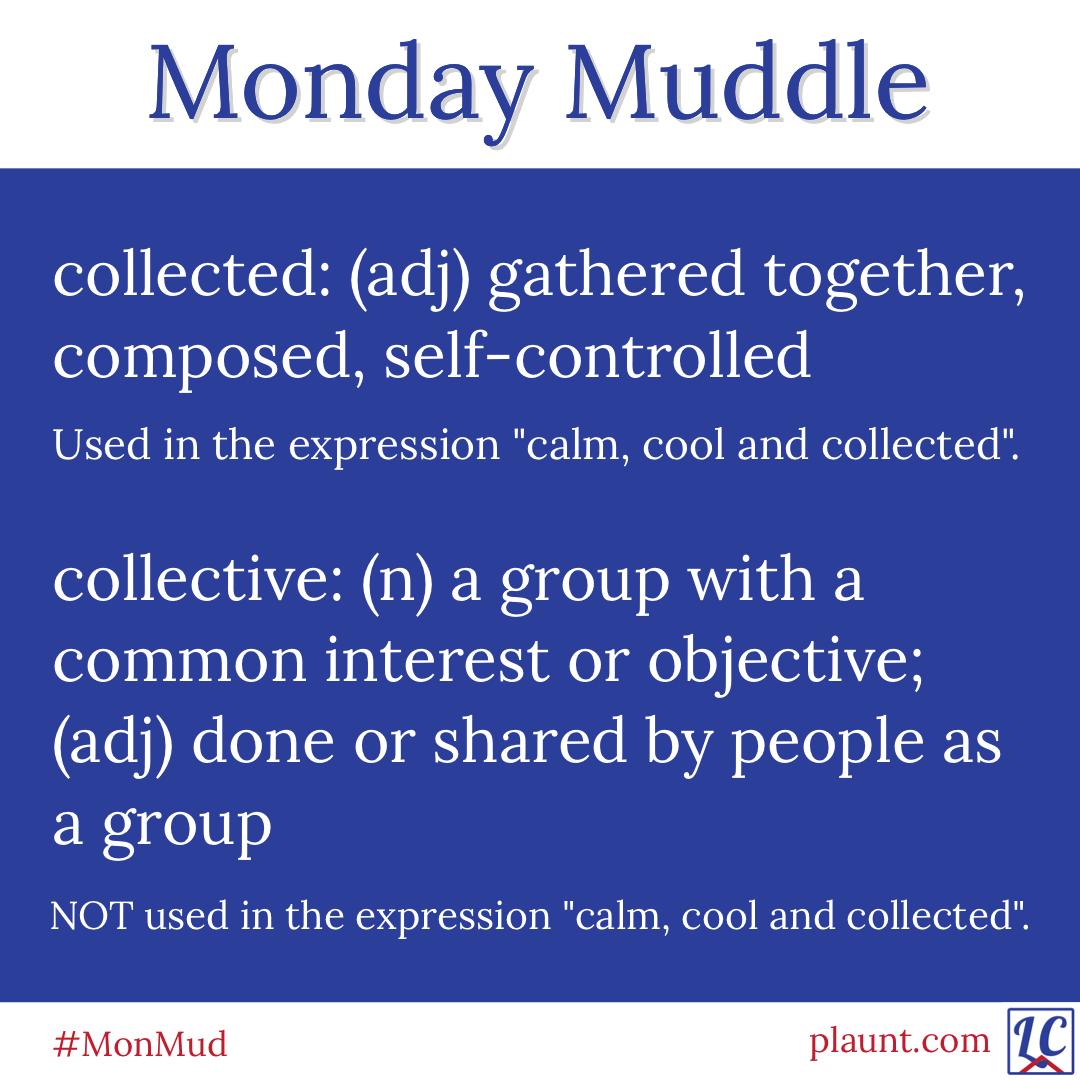
Thursday Thought #TrentShelton


Write a story with only two sentences. Use the photo for inspiration if you wish.
Photo by Constantinos Kollias on Unsplash.

Here’s a trick to help you figure out which spelling you need. Complement, which means to complete, has the same first six letters as complete. Knowing that I should say nice things to people more often will help me remember that compliment has an i.

Michael Blouin thought about stopping, but he kept writing. Now his novel, Skin House, has been named the best in Canada by ReLit Awards, and a digital copy of it will be going to the moon later this year.

Which social media site do you think is best for connecting with other authors? And with readers? What’s your favourite in general?

Write a story with only two sentences. Use the photo for inspiration if you wish.
Photo by Greg Becker on Unsplash.

Here are a couple tips to help you know when you need the apostrophe. “Its” will be followed by a noun, though there might be a descriptive adjective (or several) before it. “It’s” might be followed by just an adjective. (e.g. It’s yellow.) But if “it’s” is followed by a noun, with or without a descriptive adjective, there will almost certainly be an article (a, an, the) or a possessive adjective before the noun. “It’s” might even be followed by “its”. For example: Why is there a bowl on the floor? It’s its usual location. It’s the dog’s food dish.
“Its” should never have an apostrophe after the s.
Autocorrect does not know the difference between “it’s” and “its”, so don’t trust it to choose for you.

Do you write in longhand first and then type your manuscript into a computer? Some people say they are more creative that way. What do you think?

Write a story with only two sentences. Use the photo for inspiration if you wish.
Photo by Marek Piwnicki on Unsplash.

